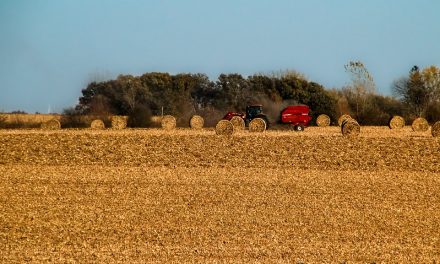When Pittsburgh-based U.S. Steel pulled the plug in Hamilton on 1,500 Stelco jobs last week, it underlined what happens when a sector is dominated by foreign ownership.
If times are good, everything's transparent, united, wonderful. If they're not, and the parent company reels in its line, foreign is foreign. Instead of keeping the Stelco plant afloat, U.S. Steel said it would concentrate production elsewhere — in Pennsylvania, Indiana and Alabama. Ouch.
And not far down the QEW, in the Niagara region's wine industry, more trouble was brewing on the domestic front. Unbelievably, with VQA wine sales in the province rising more than 15 per cent every year, farmers are struggling to stay in business.
The industry's not having the exact same ownership troubles as steel producers, and there's no Uncle Sam involved, at least not directly. But a lot of Niagara growers say they're under siege, in part because they can't get their own province's powerful liquor board to adequately promote or support them. Compound that with infighting between industry groups, burdensome bureaucracy, a production surplus and the general economic malaise, and there's a big problem.
Likewise, beef producers also have their backs against the wall. They never really recovered from the 2003 BSE-driven border closure by the U.S., and with prices in the basement, their situation is troubling. Ontario lost more beef animal production last year, by a long shot, than any other province.
The BSE tragedy was particularly damaging because Canada's beef production system was based on exporting live cattle to the U.S., and then importing the processed meat. Economically, it was far from ideal, because much more money is made in processing. Still, it worked . . . until Canadian cattle suddenly became the dreaded foreign cattle. Then, things changed.
Beef isn't the only livestock sector hurting. Guelph-based Ontario Pork is looking to redefine itself now that it will no longer be the sole marketing authority for hogs. Or will it? Pockets of farmers throughout the province are rising to challenge this change, because they don't think singularly or in small groups they can compete against the likes of giant U.S. pork producers.
But besides challenges, the wine, pork and beef industries all have something in common: they're locally grown. And that's how cattle farmer Gord Hardy, president of the Ontario Cattlemen's Association, figures his producers are going to get through tough times.
Last week, as U.S. Steel's corporate brass huddled to plan the Stelco closure, Hardy was standing at the podium of his association's annual general meeting in Toronto, facing 500 beef farmers and industry personnel, promoting the conference theme "Close to home."
It's a theme that should continue to resonate, especially given the interest in local food, and the way the province is getting behind it with special local-food programs.
Plus, there's some history here. The beef sector struggled mightily when the BSE crisis hit, and Canadians rallied around it like never before. The support was there, as were the buyers. And Hardy says that's the ticket.
"In Ontario, we are in a better position than the other provinces in that we have the largest consumer base right here, close to home" he told the Toronto conference. "We need to focus on how we can market Ontario beef to Ontario consumers."
Hardy's right. Keep an eye on export markets — especially given how much Canada produces to send abroad — but always focus on serving and developing a close-to-home strong domestic market. Build an allegiance to your safe, high-quality product. That way, when a foreign threat comes knocking, it won't find hungry, puzzled and eager markets.
And when tough economic times hit, the sector will be ready to respond.


